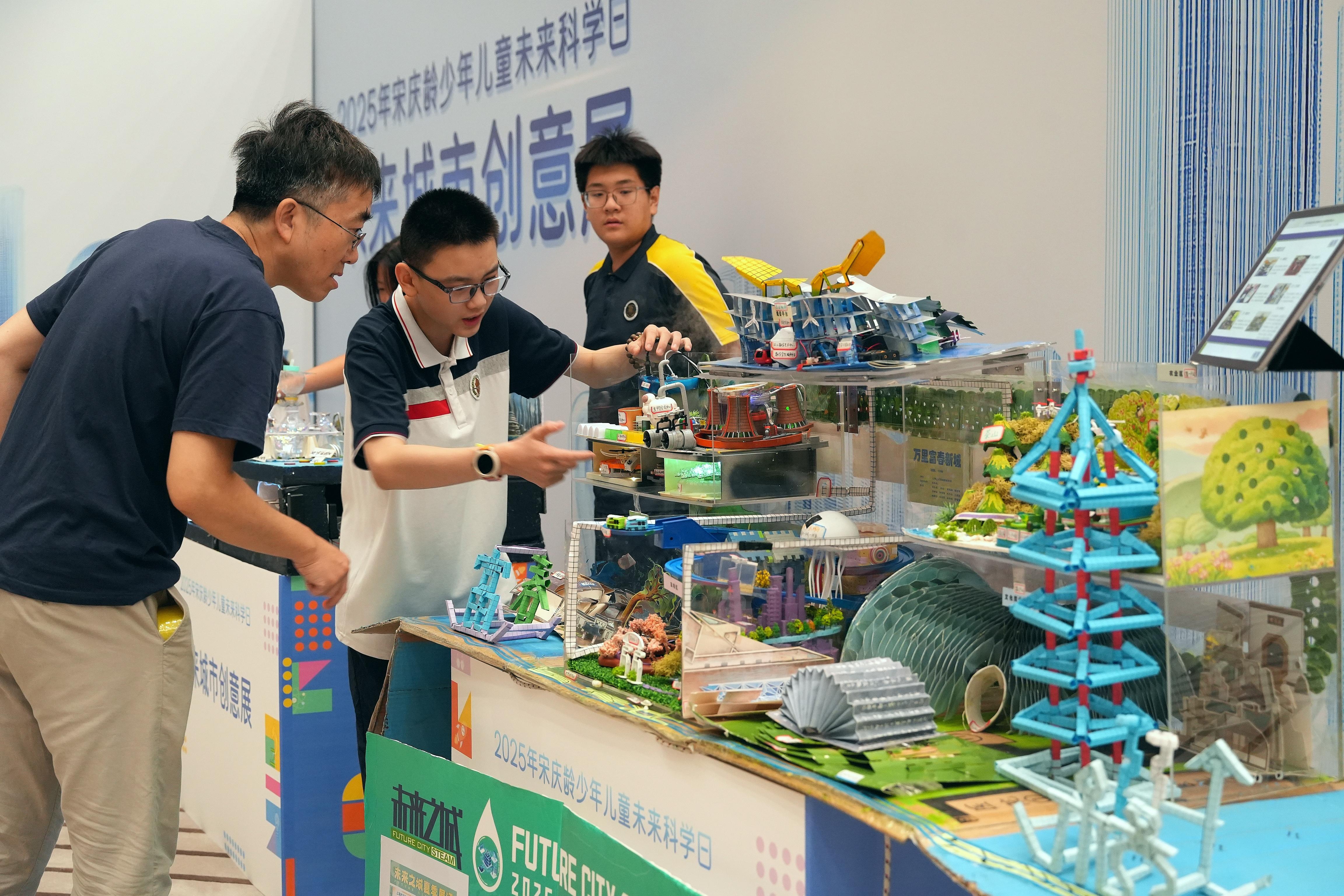Humanoid Robots: Technological Pioneers of Future World
Once confined to the realm of science fiction, robots that mimic human movement and appearance are fast becoming a reality. This tech is leading the development trend. Across the globe, both developed nations and emerging economies are actively investigating potential applications and developmental trajectories for humanoid robotics.
Why make human-like robots?
The robots humans have already built are smart enough to handle their jobs well, so why are we still focusing on making them more human-like, especially when humanoid robots are difficult to build and prone to malfunction?
This can be understood in two ways: emotionally and functionally. Emotionally, the R&D of humanoid robots began with humanity's ultimate vision of a "human-like intelligent assistant" — enabling machines to perceive, act and interact like humans, thereby making daily life more efficient and convenient.
People's desire to make humanoid robots a part of life began a hundred years ago. This vision first leaped from imagination to language in a groundbreaking 1920 play, Rossum's Universal Robots, sparking a global fascination with mechanical beings. But this dream didn't stay confined to the stage — in 1928, engineer W. H. Richards brought a mechanical marvel to life: Eric, one of the earliest humanoid robots, who stepped onto the world stage as a testament to human ingenuity.
At the 2024 World Robot Conference, Marc Raibert, chairman of Boston Dynamics, noted that on YouTube, views for humanoid robots exceed those for quadrupedal robots by more than tenfold.
Functionally speaking, humans have dominated the world for thousands of years, creating environments ideally suited for human habitation. The versatility of humanoid robots means they can easily adapt to the world around us.
They can seamlessly integrate into ergonomically designed environments as chairs, tables, navigate stairs, unstructured environments like homes, and construction sites through bipedal locomotion.
Where could they be most useful?
Currently, humanoid robots are at a critical stage of transition from technology verification to large-scale application.
Some humanoid robots have already been tested in various areas. A notable example is the recent world's first humanoid robot half-marathon held in Beijing, where Tien Kung Ultra took the championship and the Noetix Robotics' N2 secured second place. Although it is apparent that these robots' performances cannot yet compare to human athletes, they have demonstrated impressive advancements in dynamic balance, complex terrain adaptation and overall endurance. These achievements highlight the evolving capabilities of humanoid robots, pointing towards a future where they could be more widely integrated into different sectors.
Their future development can primarily revolve around two key areas. The first is addressing the challenges of population aging and elderly care. As highlighted by a representative from the engineering team at Noetix Robotics in a recent interview with Beijing local TV who said that, "We hope to enter the senior care industry and truly take over some of the daily routine tasks that would otherwise fall on human caregivers."
The second area of application involves emergency rescue operations and extreme conditions. This is what Tien Kung is currently focusing on. Their robot is now capable of continuously climbing 100 steps. It holds potential for future applications in earthquake rubble search and rescue operations, as well as tasks in nuclear-contaminated areas.
Optimism for future development
As of the end of 2024, more than 30 humanoid robots were launched globally, each featuring unique design styles that range from highly futuristic to industrial. According to the latest report released by the research institute Xzlrobot, by December 2024, the number of companies worldwide involved in humanoid robots R&D had surpassed 220, with Chinese enterprises accounting for over half of this total. It is noteworthy that this statistic only includes companies that have already released relevant products or prototypes, implying that the actual number of companies engaged in R&D could be even larger.
Despite the growing diversity of products on the market, many showcased products still need improvements in areas such as multimodal AI, advanced sensors like LiDAR for optimized navigation, computational capabilities for real-time decision-making, and battery technology. This suggests that it may take another three to five years before large-scale commercial applications can be realized.
Meanwhile, the rapid popularization of technology has led to a complex societal attitude towards automation. For example, the EU's proposed, but then rejected, "robot tax" reflects this complexity. Additionally, due to misunderstandings or trends within certain groups, some people resist robots, indicating that social acceptance will require time. Moreover, the uneven quality among different teams' products has also dampened public expectations regarding the industry.
Nevertheless, in this emerging field, we should have sufficient patience and understanding. It is unrealistic to expect every team to reach the pinnacle of robotics development, or for every robot to achieve great success. The development of the industry is fraught with uncertainties and requires continuous attempts and exploration to progress. In fact, problems exposed during testing of robots are beneficial; they point us toward the next steps for improvement. Ultimately, addressing these challenges will propel the entire industry forward.







